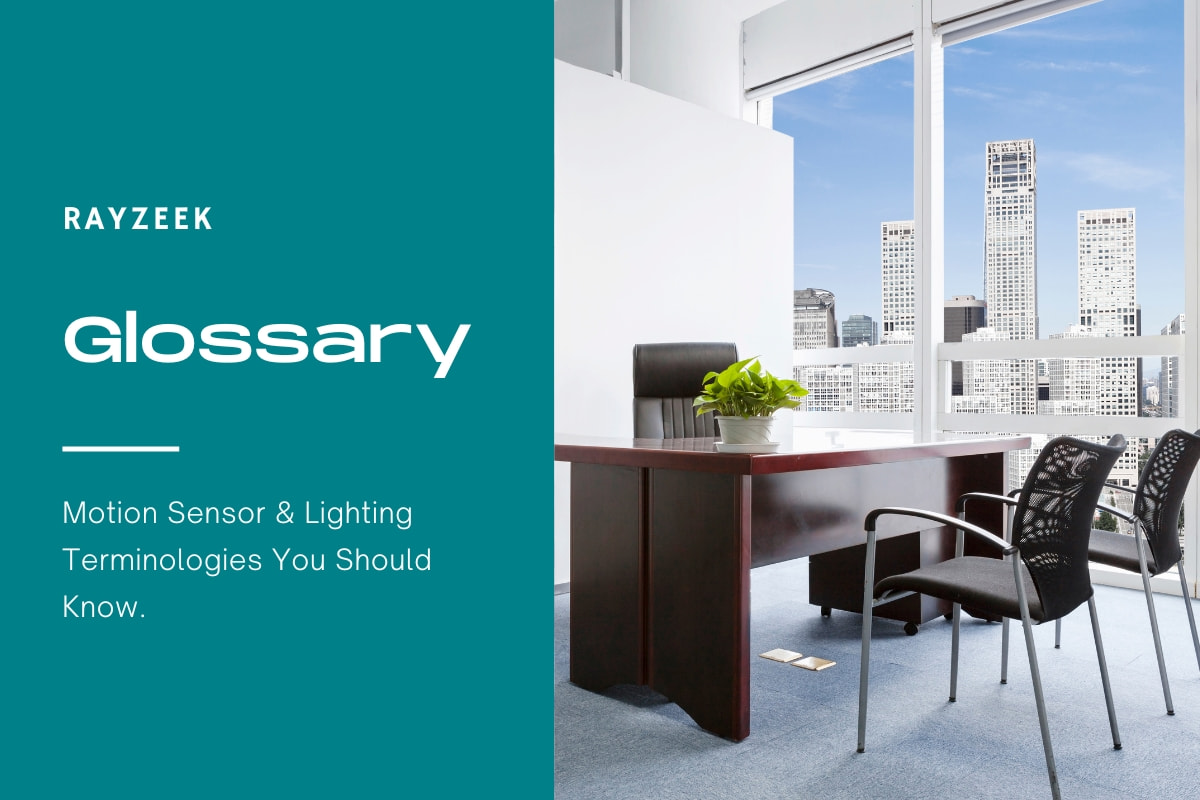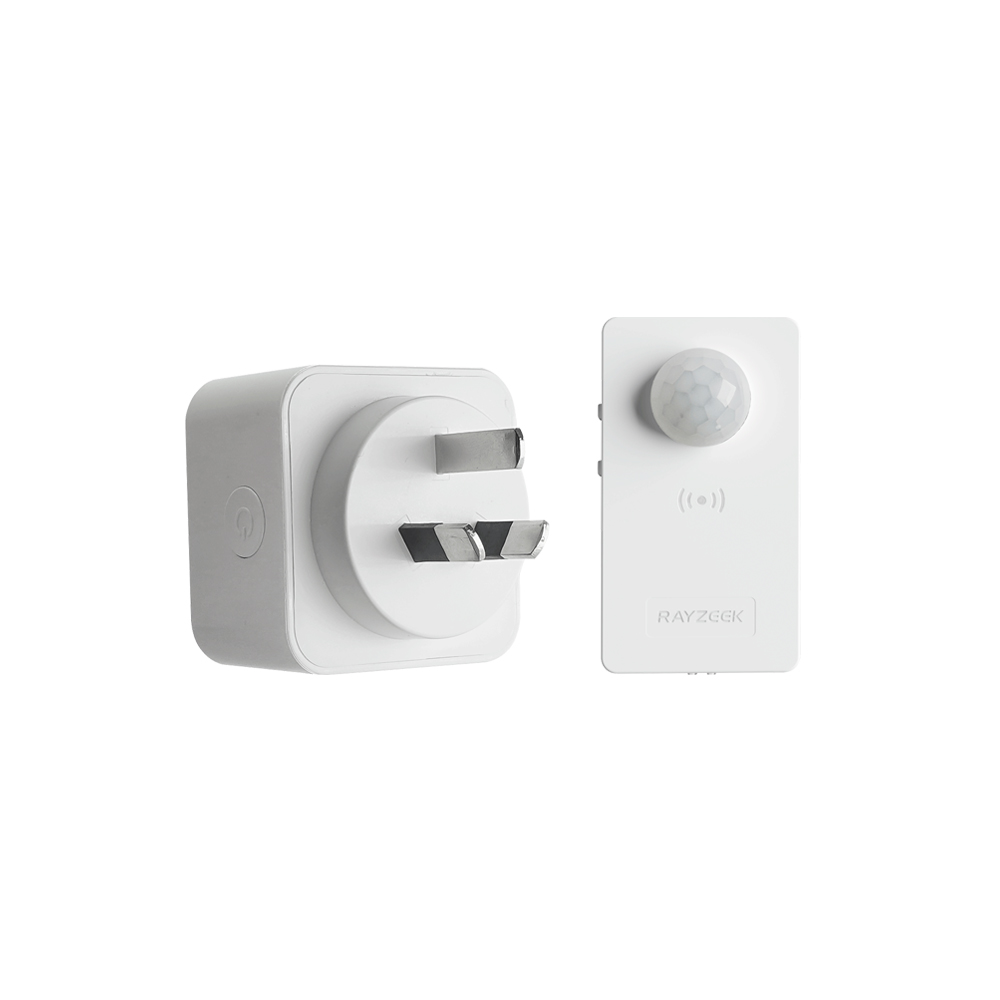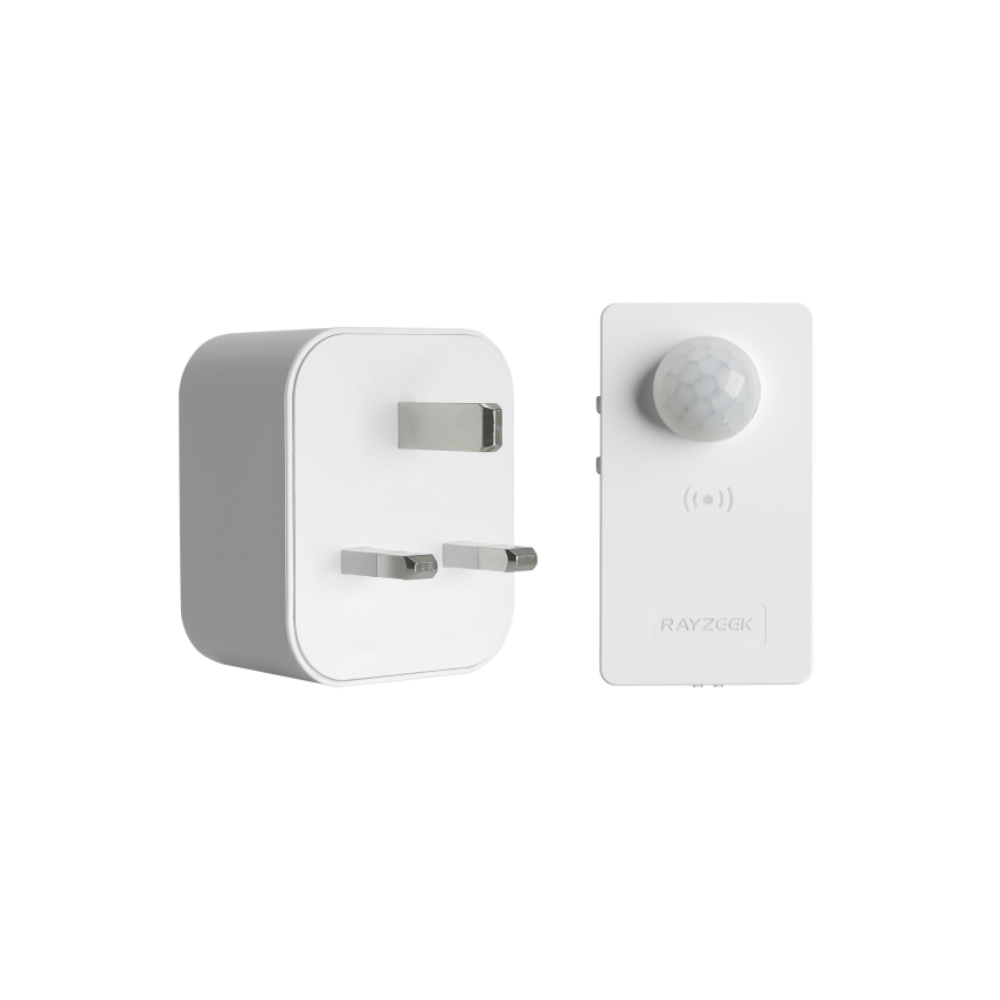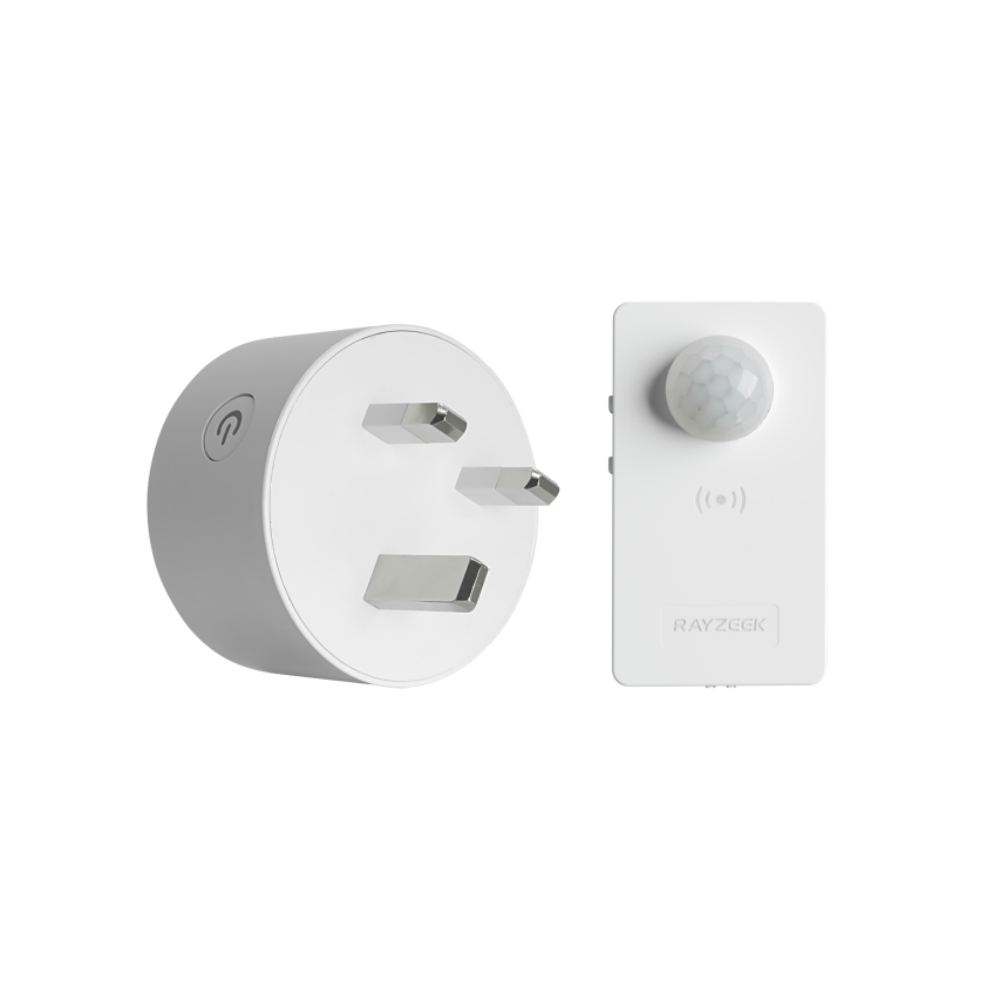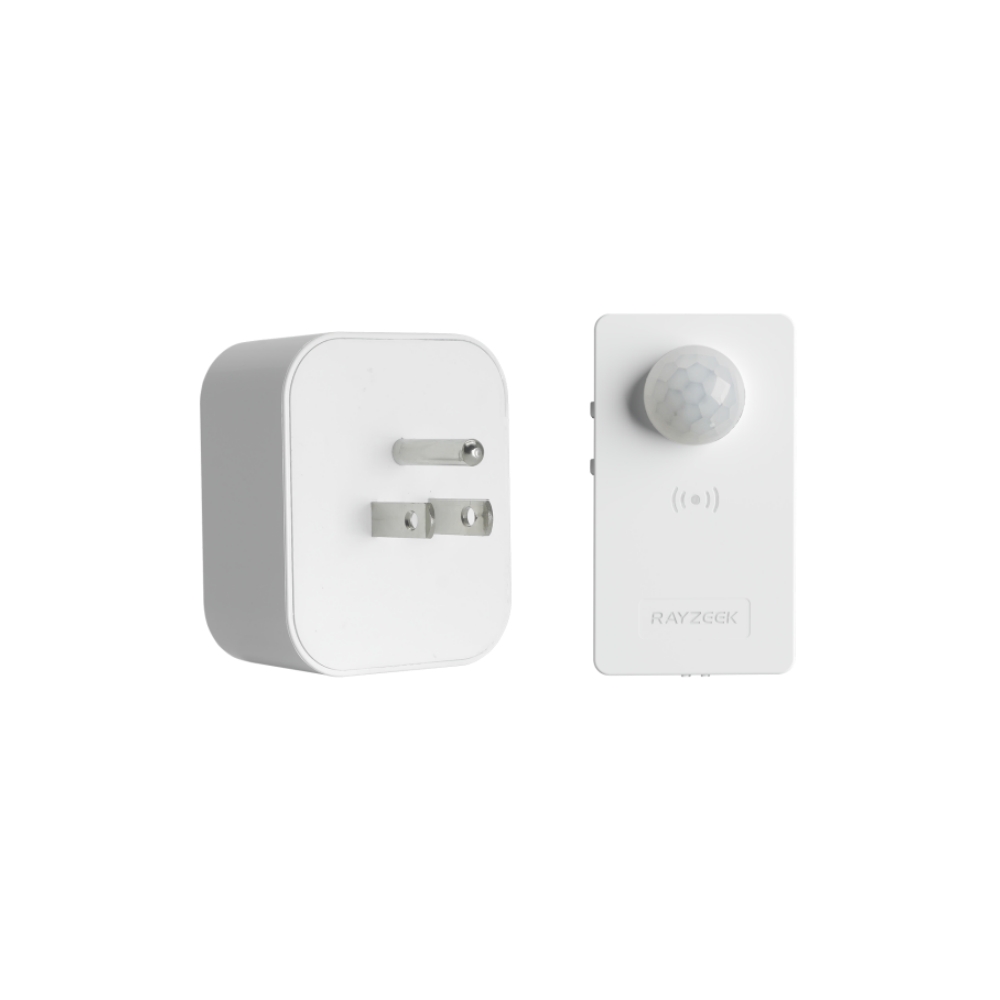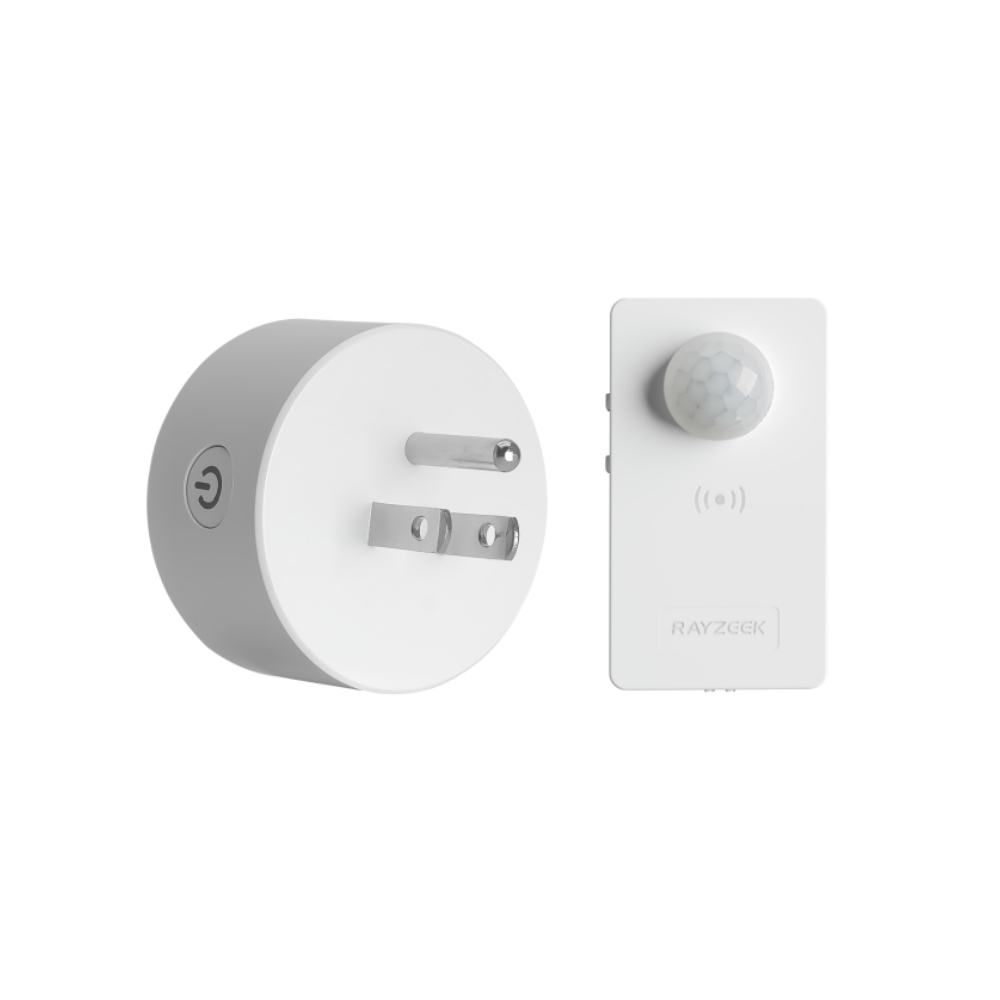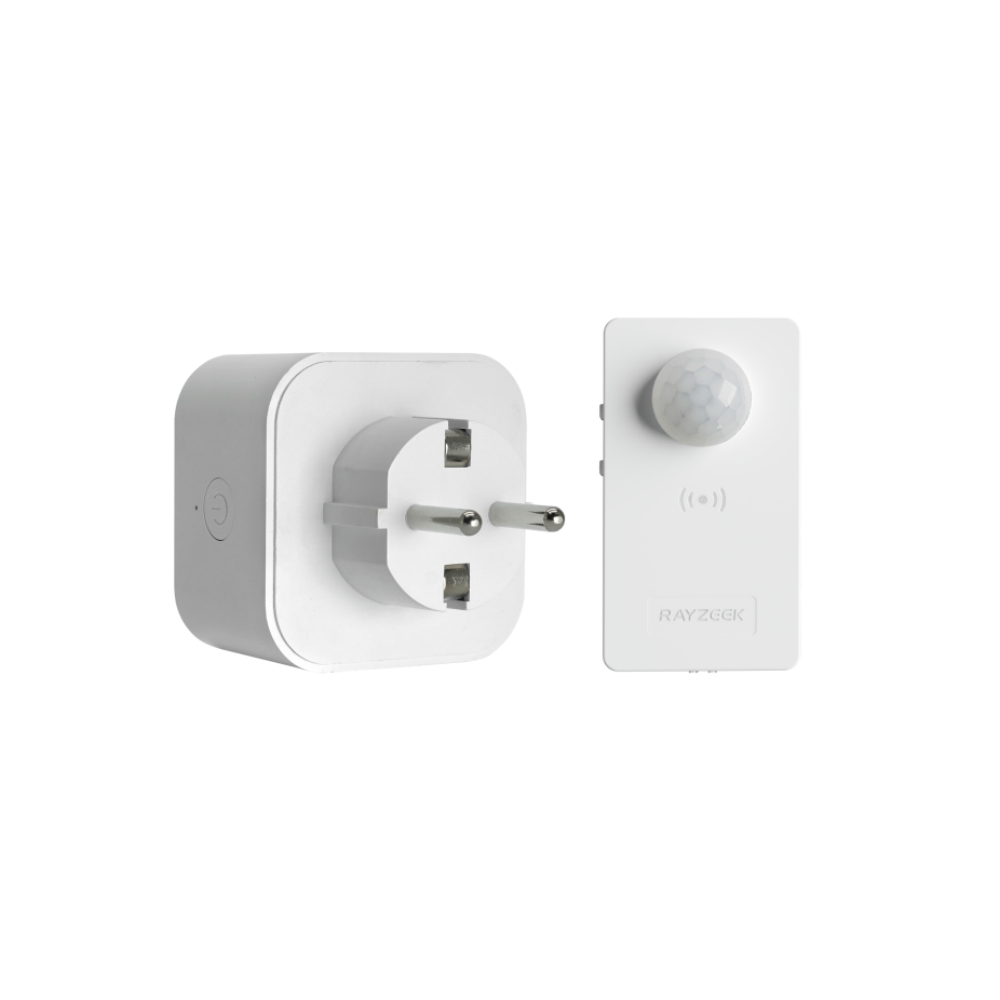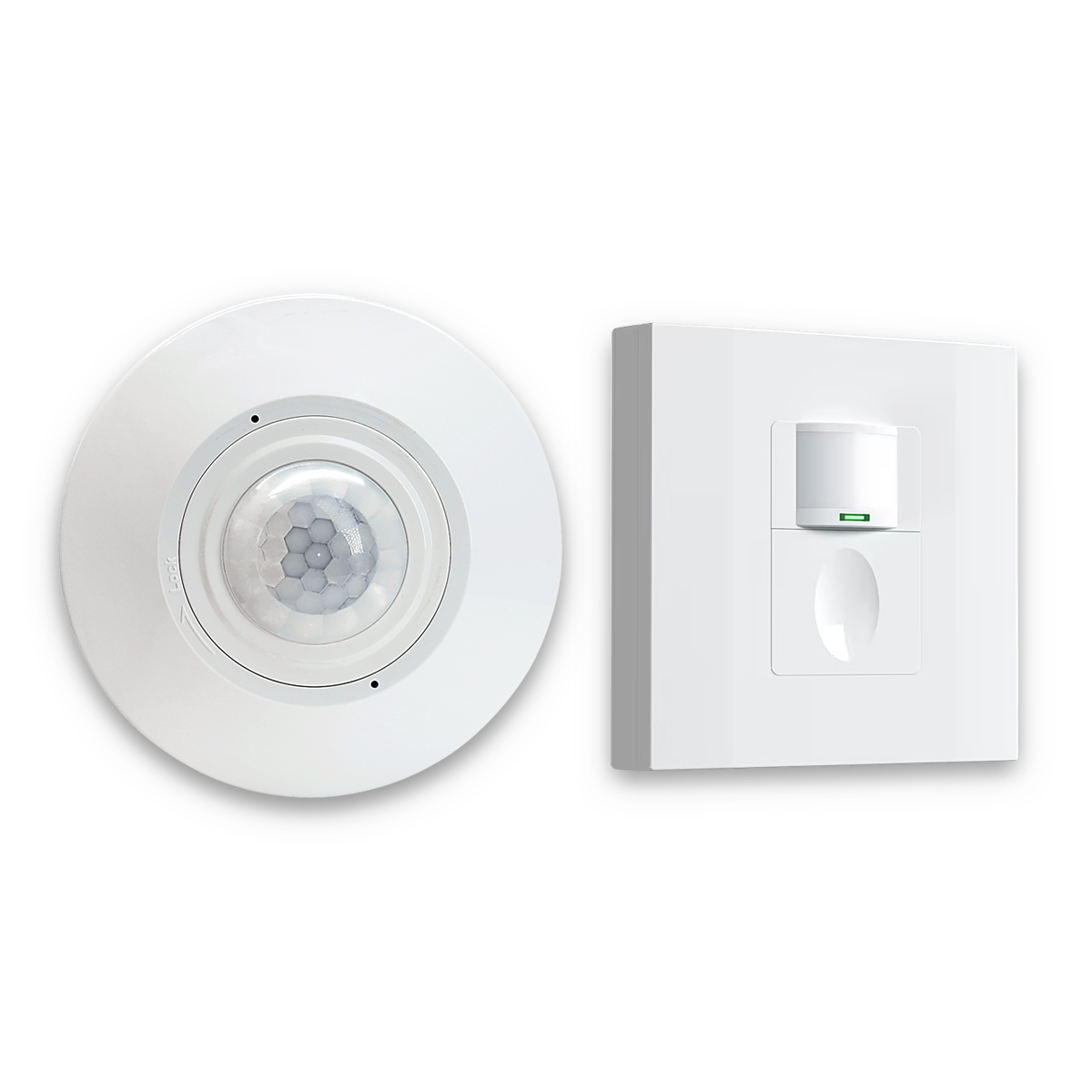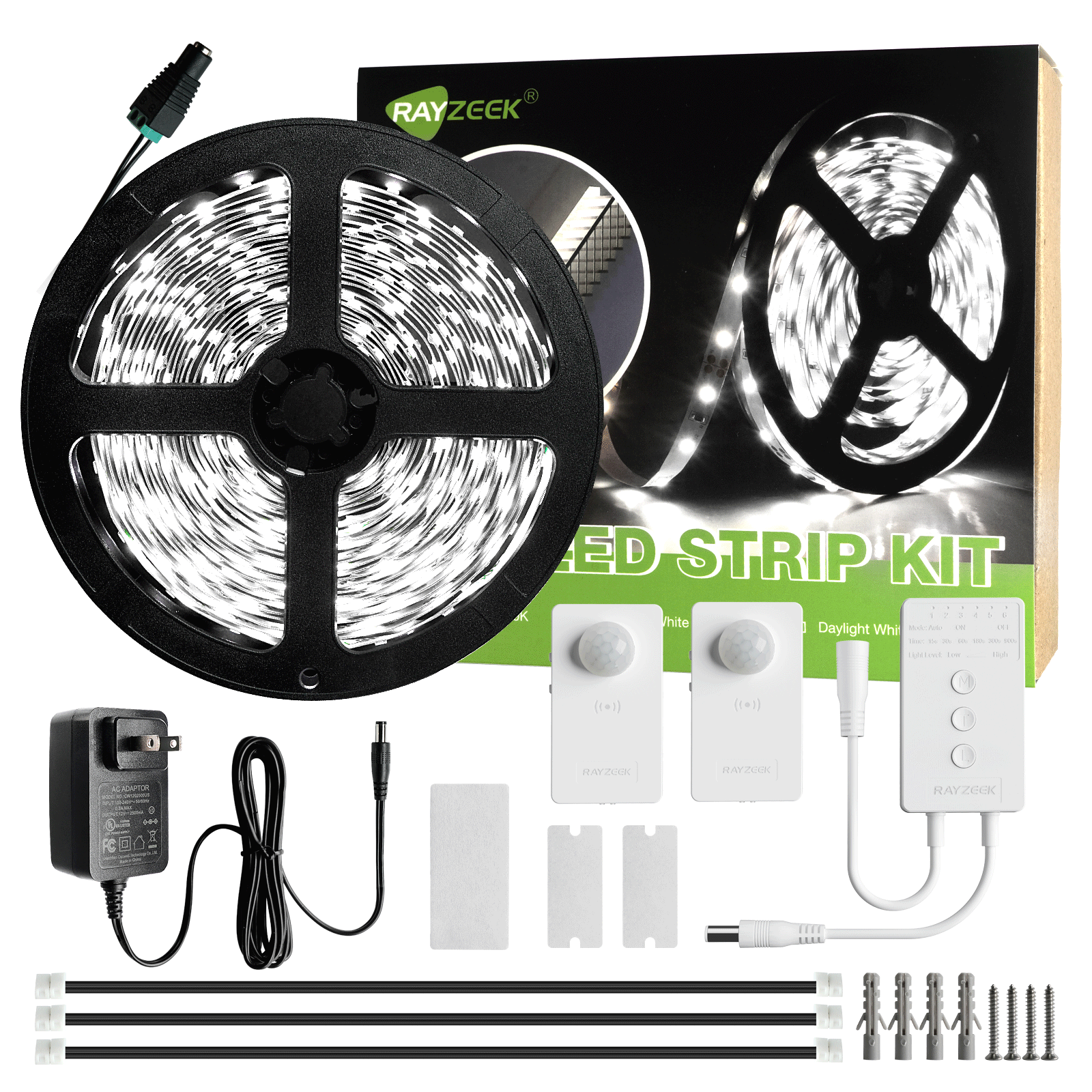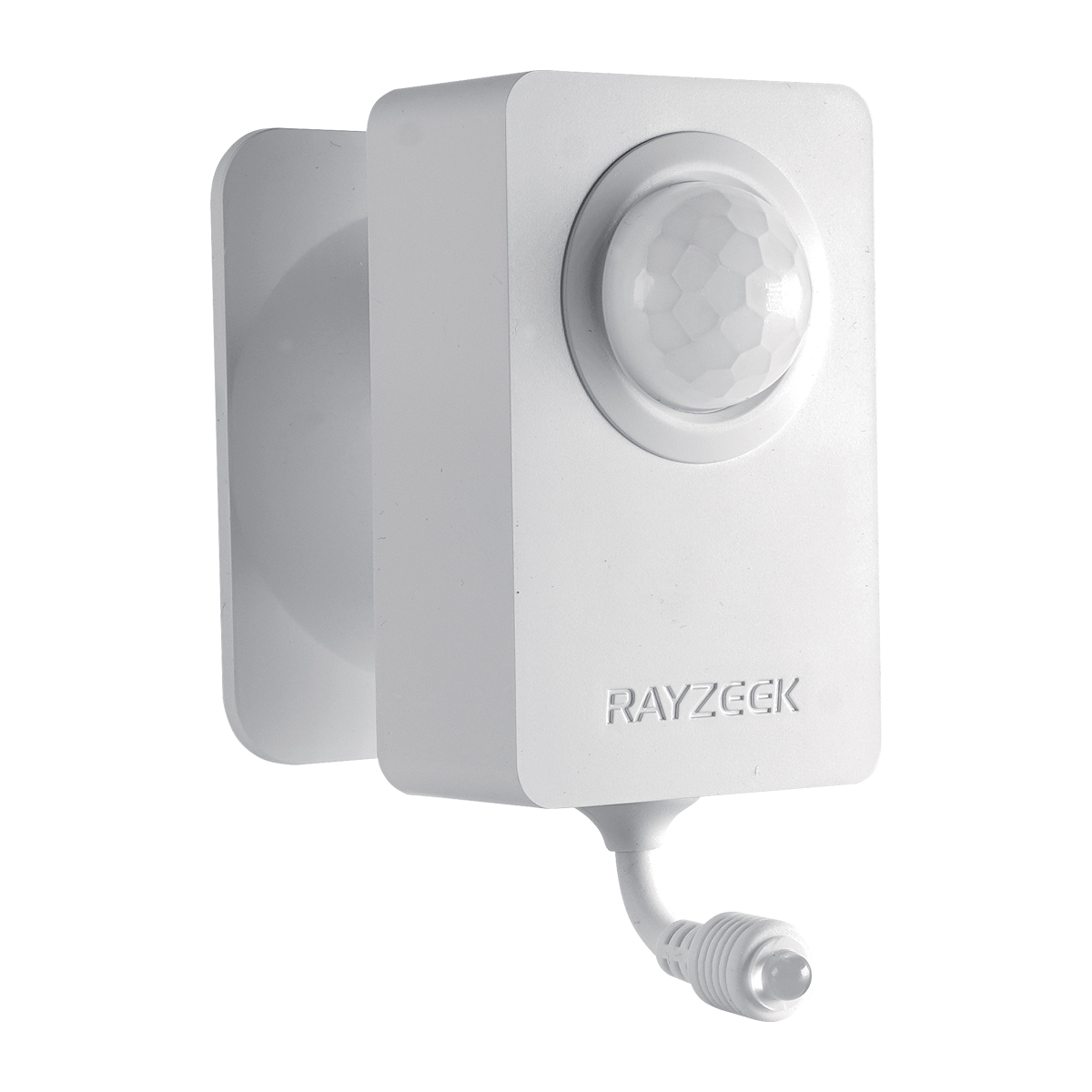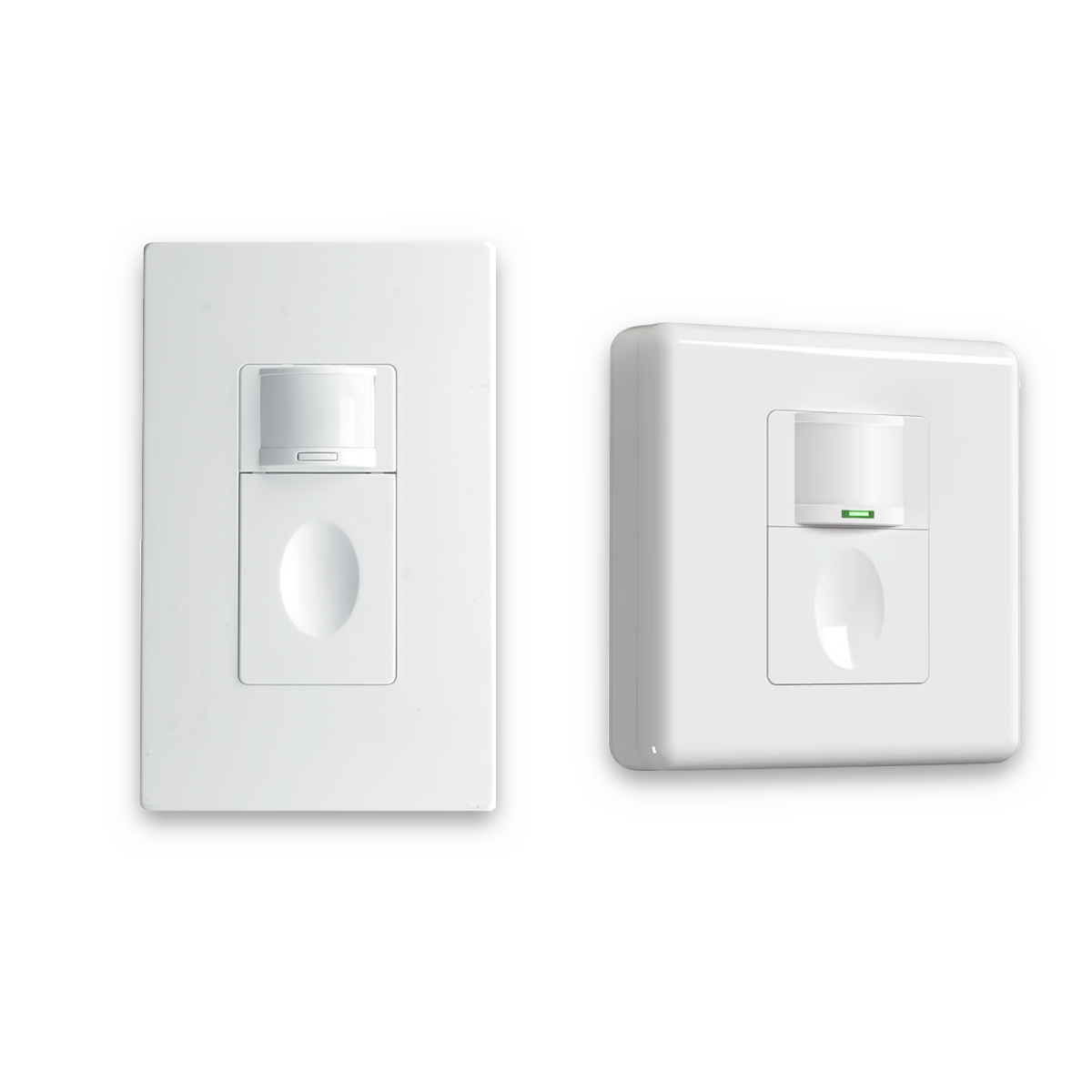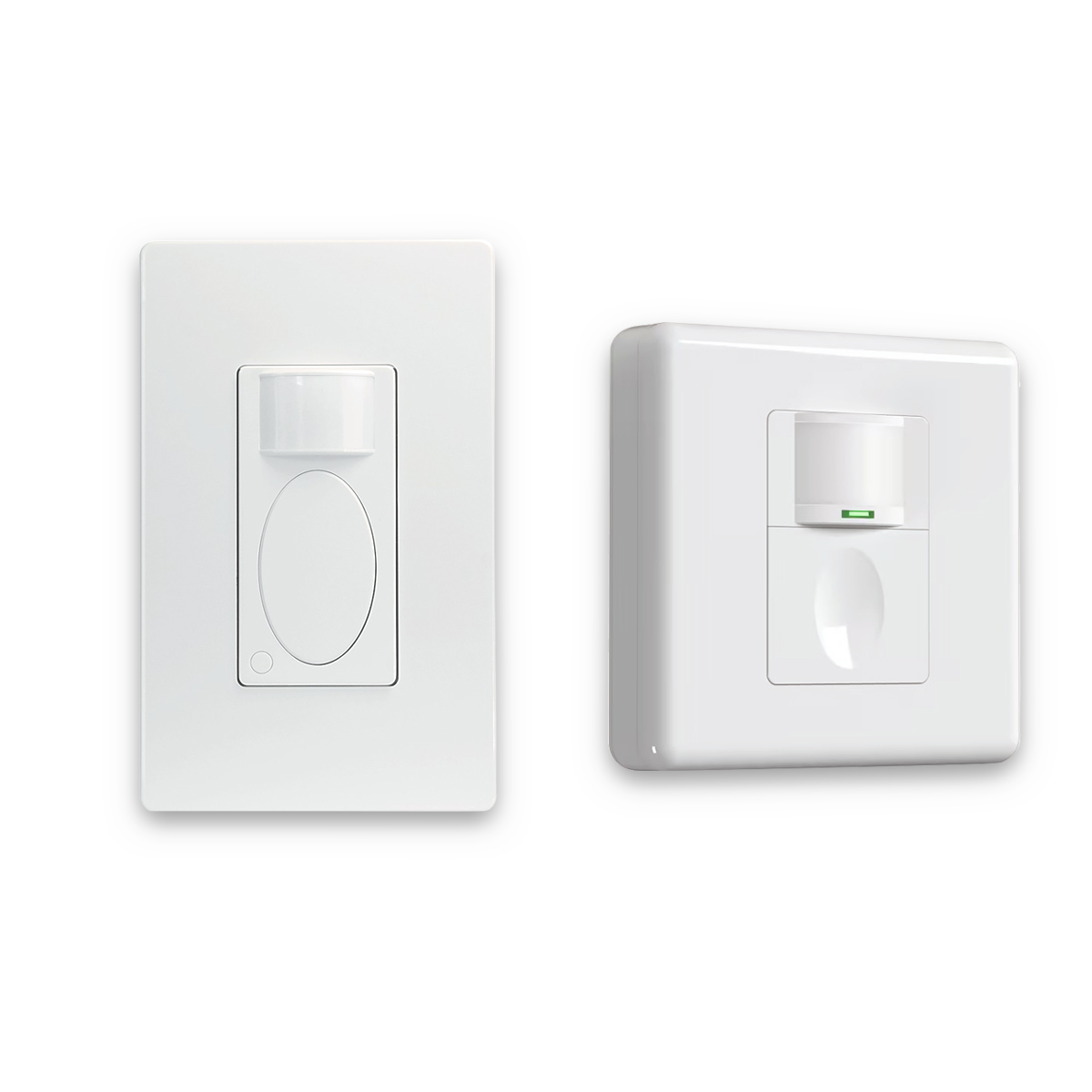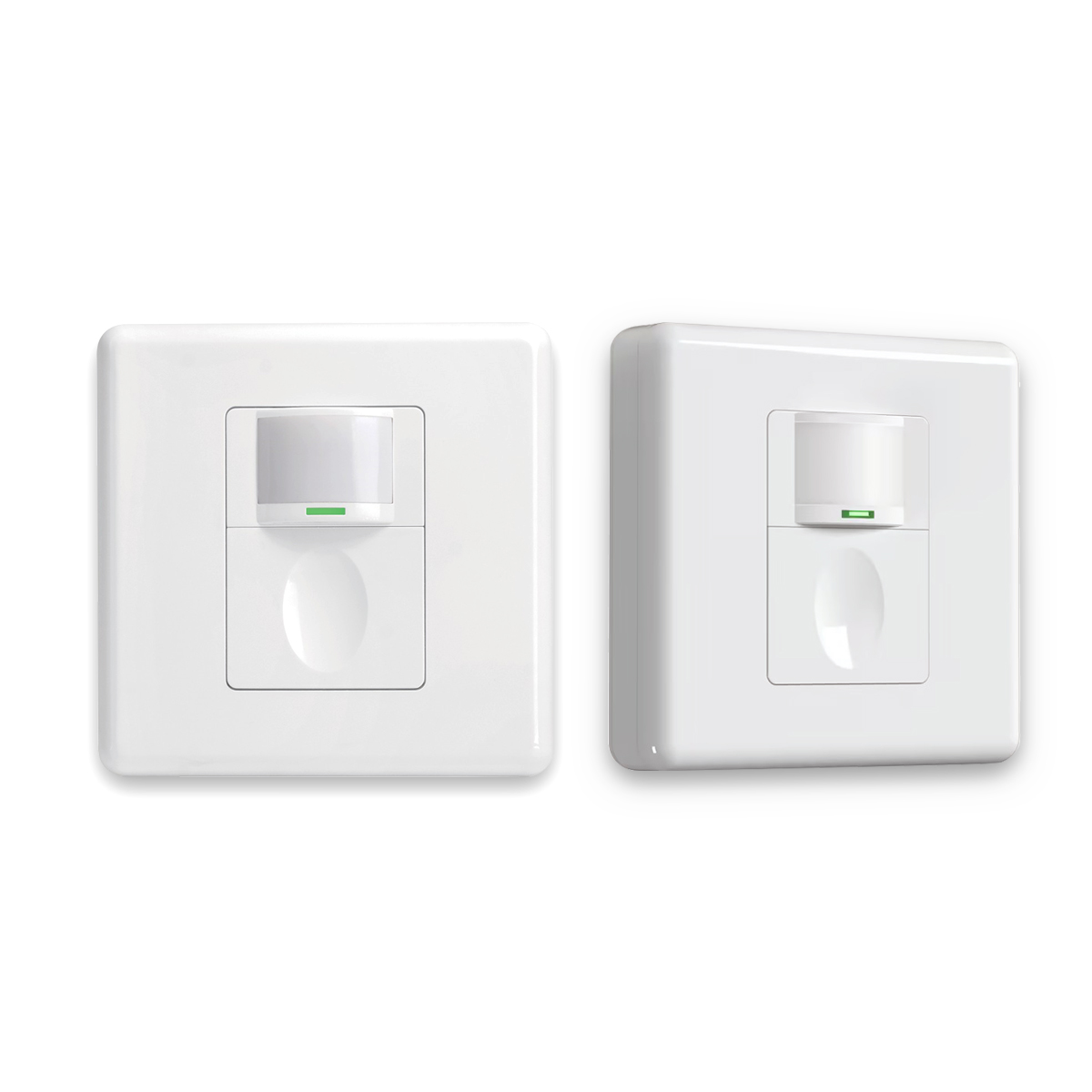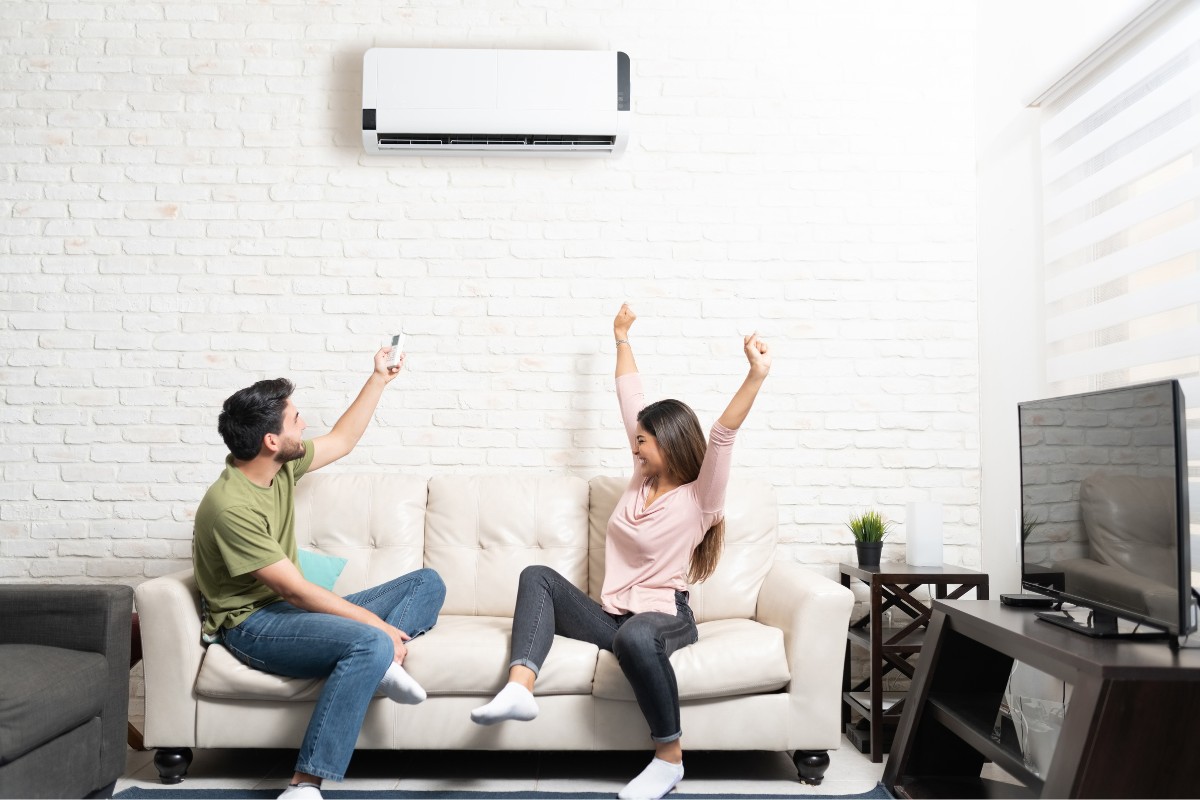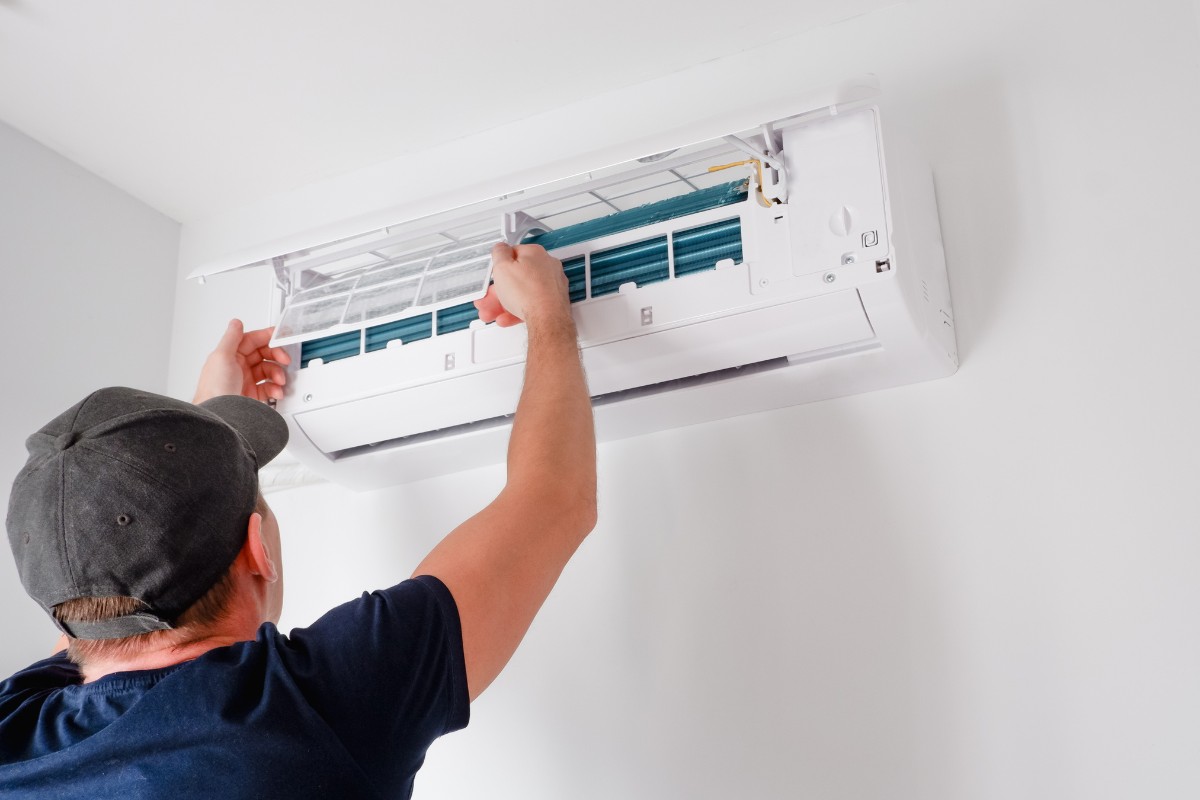What is Phase-Controlled Dimming
Phase-controlled dimming is a method used to regulate the brightness of a lamp or lighting system by adjusting the conduction time of electricity within an AC power wave cycle. This technique is commonly employed in residential settings due to its cost-effectiveness and ease of installation. By reducing or increasing the power entering the lamp, phase-controlled dimming allows for lower or higher brightness levels, respectively.
Looking For Motion-Activated Energy-Saving Solutions?
Contact us for complete PIR motion sensors, motion-activated energy-saving products, motion sensor switches, and Occupancy/Vacancy commercial solutions.
This dimming method falls under the category of primary side regulation (PSR), where brightness control is achieved from the primary side of the circuit. It typically utilizes phase-cutting dimmers, which control the conduction time of electricity within the AC power wave cycle to modulate the lamp’s brightness. There are two types of phase-cut dimming modes: leading edge (forward phase) mode and trailing edge (reverse phase) mode. Leading edge mode initiates the input power from a non-zero point within the wave cycle, while trailing edge mode starts from the zero point.
To ensure optimal dimming performance, it is crucial to use a phase-cutting controller in conjunction with a compatible phase-cutting driver. This compatibility ensures smooth and reliable dimming without issues such as light flashing or poor performance. Phase-controlled dimming offers a cost-effective and convenient solution for adjusting the brightness of lamps and lighting systems in residential applications.
Maybe You Are Interested In
Frequently Asked Questions
Is ELV and 0-10v Dimming the Same
The DIM0-10VELV is a module designed to convert a 0-10V dimming signal to an ELV reverse phase dimming signal, which is compatible with ELV dimmable lighting products. This module enables the use of standard 0-10V dimming control dimmers with ELV dimmable lighting products, and it can smoothly dim down to 1%. Therefore, ELV and 0-10V dimming are not the same, but the DIM0-10VELV module can bridge the gap between them.
What Type of Dimming Is Best for LED
The most suitable dimming option for LED light bulbs is trailing edge dimmers, while leading-edge dimmers are more compatible with conventional incandescent and halogen light bulbs.
What Happens if You Use the Wrong Dimmer With LED Lights
Existing dimmer switches typically have a minimum power requirement of 50W. However, when using LED lights with a dimmer switch that has a higher minimum power requirement, the lights may not reach the minimum power threshold. As a result, the dimmer switch may become confused, causing the lights to flicker and emit a buzzing noise.
Why Do My Lights Keep Dimming and Getting Brighter
When your lights become brighter, it indicates that they are receiving an excessive amount of voltage. Conversely, when they dim, it suggests that they are receiving insufficient voltage. If this issue persists, it could potentially lead to your electrical devices being exposed to either excessive or inadequate power, resulting in potential damage.
What Is the Difference Between a Dimmer and a ELV Dimmer
An ELV dimmer is specifically designed to dim the electronic power supply of a low voltage halogen light. Unlike a regular dimmer, an ELV dimmer cuts the trailing edge of the power wave in order to reduce hum. Therefore, ELV, Trailing Edge, and Reverse Phase all refer to the same functionality.
Can I Use a Regular Dimmer on 0-10v
A regular dimmer should not be used on a LED light fixture that has a 0-10v or 1-10v dimming driver, as it can damage the driver. It is important to note that a LED fixture that supports line voltage dimming cannot be wired to a 0-10v or 1-10v dimmer.

